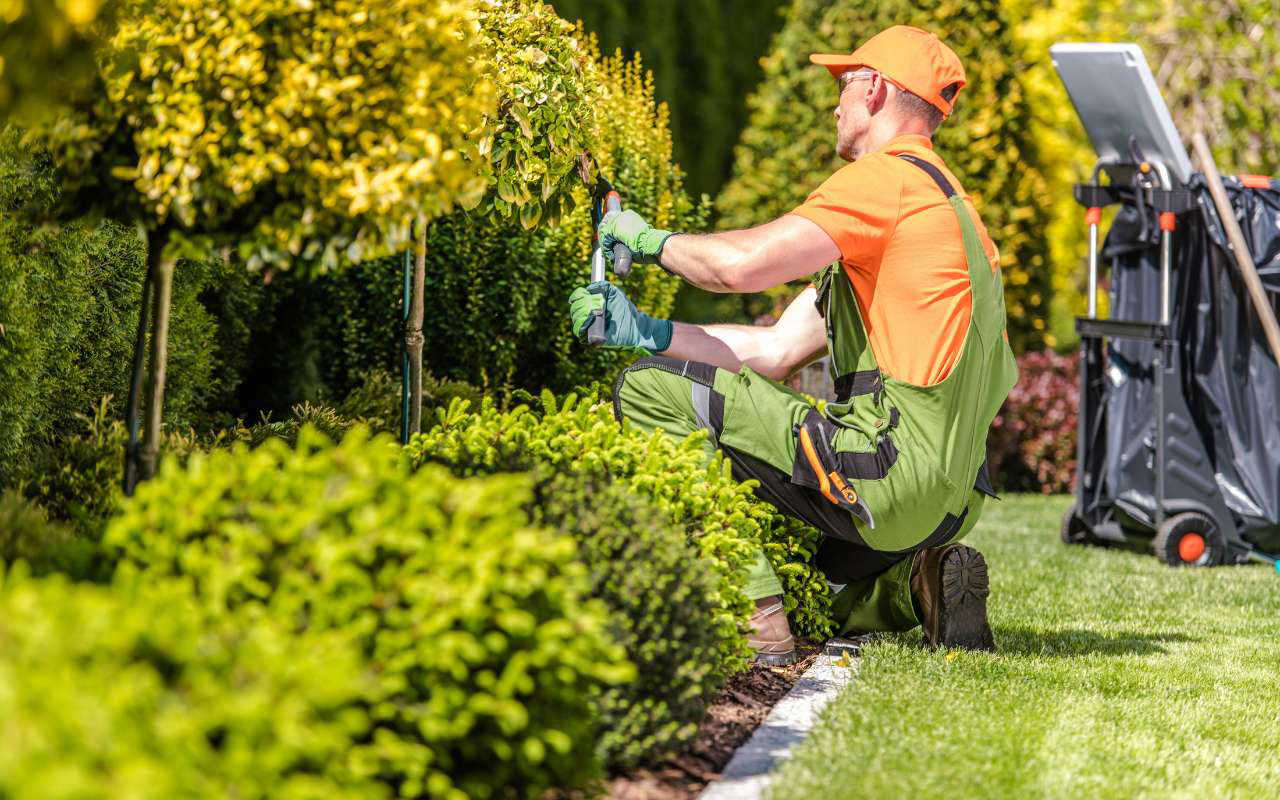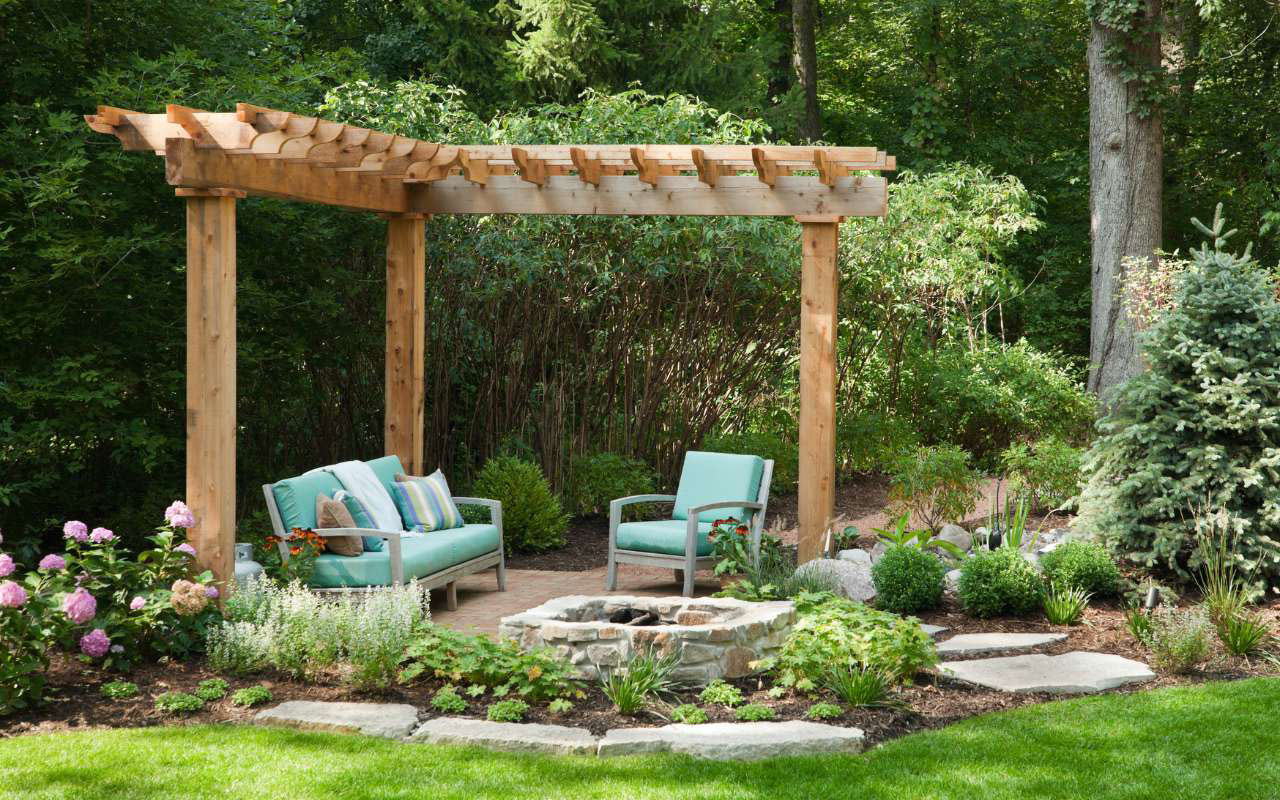
Essential Spring Landscaping Tips for Homeowners
Spring brings new life to your garden, and it’s the perfect season to revitalize your outdoor space. These essential landscaping tips will help you create a vibrant and beautiful yard. With the right approach, you can enhance your curb appeal, add value to your property, and create a serene oasis. Follow these tips to make your spring landscape stand out.
Spring Landscaping Tips to Enhance Your Outdoor Space

Prepare the Soil
Healthy soil is the foundation of a thriving garden. First, remove weeds and debris to clear the area. Aerate the soil to enhance air circulation and root growth, then add compost or organic matter to enrich the soil with nutrients. Consequently, your plants will grow strong and resist disease.
Choose Native Plants
Select native plants to ensure that your garden thrives in local conditions. Since they’re adapted to the climate and soil, these plants reduce maintenance needs, often requiring less water while being more resistant to pests. Moreover, native plants blend seamlessly with the local ecosystem, fostering a natural-looking landscape.
Prune and Trim
Clear away dead branches and overgrown shrubs. Pruning allows plants to flourish by letting in sunlight and improving airflow. In turn, this reduces the risk of plant disease and encourages fresh growth. Also, keep your shrubs well-trimmed for a neat and inviting appearance.
Mulch Properly
Add a layer of mulch around your plants to retain moisture and keep weeds at bay. Use organic mulches like wood chips or leaves that break down over time to add nutrients to the soil. Additionally, mulch helps moderate soil temperatures, protecting roots from temperature swings.
Water Wisely
Instead of sprinklers, install a drip irrigation system or use soaker hoses to directly target your plants’ roots. Watering in the early morning reduces evaporation and allows the plants to absorb moisture before the heat of the day. This practice conserves water and ensures efficient hydration.
Create Outdoor Living Spaces
Design inviting outdoor living areas like patios or decks where you can relax and entertain guests. Use natural materials such as stone or wood to create a seamless blend with your landscape, and consider adding cozy seating, outdoor furniture, and ambient lighting to complete the space.
Add Seasonal Color
Incorporate bright spring blooms like tulips, daffodils, and pansies for a burst of color. Group them together for maximum impact. Furthermore, flowering shrubs and perennials will provide long-lasting beauty. For continued vibrancy, plant different varieties to ensure something is always in bloom.
Install Pathways
Well-placed paths guide visitors through your garden while protecting delicate plants. Utilize natural stone or gravel to complement the landscape. Additionally, consider lighting the paths for an enchanting evening stroll.
Add a Water Feature
Adding a water feature, like a small pond or fountain, brings tranquility to your outdoor space. It becomes a focal point while attracting birds and butterflies. The soothing sound of trickling water creates a peaceful atmosphere.
Incorporate Functional Structures
Build structures that add both functionality and beauty to your landscape. For instance, trellises, pergolas, and arbors provide support for climbing plants while also creating shaded areas. Raised beds can help organize planting areas and make gardening easier.
Encourage Wildlife
Invite beneficial wildlife by planting shrubs, flowers, and trees that provide food and shelter for birds, butterflies, and pollinators. Also, include a birdbath or birdhouse to offer a refreshing sanctuary. These measures will encourage biodiversity in your garden.
FAQ: Landscaping Tips
How often should I water my plants?
Newly planted flowers and shrubs need consistent watering until they are established. Once mature, most plants require around an inch of water per week.
Why is pruning important in spring?
Pruning helps remove dead or damaged branches and encourages healthy new growth. Additionally, it improves the plant’s shape and allows more light and air to reach the inner branches.
How can I reduce weeds in my garden?
Regular weeding, mulching, and using landscape fabric can help minimize weeds. Mulch serves as a barrier, preventing seeds from sprouting.
Are native plants better for my garden?
Native plants thrive in local soil and climate conditions, requiring less water and care. They’re also less prone to pests and diseases.
Transform Your Spring Landscape Today
Don’t miss out on the opportunity to revitalize your outdoor space this spring. Follow these essential landscaping tips to create a beautiful and inviting environment. Our team is here to help with all your landscaping needs, from soil preparation to designing outdoor living areas.
Contact us today to learn how we can assist in transforming your yard into a lush, vibrant sanctuary. Let’s make your landscape dreams a reality!
